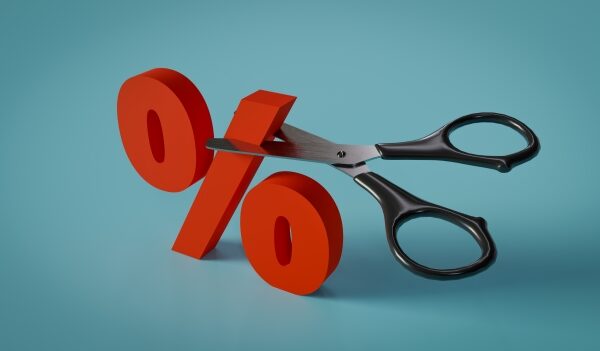
Upfront fees are higher, but treasurers renewing facilities see reason for optimism; U.S. Bank is also positive.
Multiyear tenors for revolving credit facilities are now available to investment-grade (IG) corporate borrowers, according to several NeuGroup members who have been talking to their bankers recently. This week, one treasurer said, “Things have normalized a fair amount for solid credits,” citing a large bank.
- This member, who was in the process of renewing his company’s revolver last year when Covid hit, is now deciding when to “pick it back up” and wanted to know what his peers have heard.
- “Multiyear is back,” said one of them.
Longer tenors. “It sounds like five years is back on the table,” said another treasurer. She works for a company that postponed extending the tenor and raising the amount of its revolver last year.
- This treasurer—whose company is a “new IG credit”—recently circled back with traditional lenders and said, “The reception’s been good,” noting that she got very little pushback to her plans to restructure the revolver.
Is the price right? The company did not get quotes, but “pricing appears to have settled down,” the member said. Another treasurer said upfront fees remain higher than before Covid, adding “how much you can push that” depends on your relationship with the banks and, of course, the size of your wallet.
- This treasurer said some banks want funded facilities now that revolver drawdowns have been repaid. They are eager to increase assets and have a healthy risk appetite, he said, adding that they all want higher fees.
U.S. Bank’s analysis. NeuGroup Insights reached out to Jeff Stuart, head of capital markets at U.S. Bank, who keeps close tabs on the revolver market. Here are his observations:
- The market for large-cap investment-grade revolving credit facilities has largely recovered to pre-Covid levels in terms of both pricing and tenor, with many borrowers executing five-year renewals at pre-Covid pricing levels.
- U.S. Bank is seeing higher upfront fees pretty much across the board, one to three basis points for the higher-rated names.
- The market is a bit sector- and ratings-specific, with higher impacted sectors still exacting a pricing premium, and more bank caution around lower investment-grade borrowers.
- Some sectors, like utilities, have been slower to normalize despite their relative credit quality, with discussions going to five-year tenors only just recently.
- On the bank side, there seems to be a higher post-Covid emphasis on returns, with a specific focus on available ancillary business, particularly by smaller regional banks.
- U.S. Bank expects the trend toward a full return to pre-Covid terms on revolving credits to continue amid recovery overall during the first half of 2021. But it will continue to vary by situation and sector.
Sustainability-linked revolvers anyone? Back at the meeting, one treasurer raised the issue of revolving credit facilities whose terms are linked to the company achieving sustainability goals, unlike green bonds or loans whose proceeds must be used for sustainable purposes (see next story).
- He has not seen the value in the idea, saying the savings for hitting the targets are minimal, a few basis points at most. “The net benefit is not good enough” given the incremental cost, he said. Another treasurer agreed that “treasury is not driving” the move by some companies to use sustainability-linked revolvers.
- One treasurer drew laughs when he said his efforts to research “green revolvers” with a Google search turned up images of green handguns.


